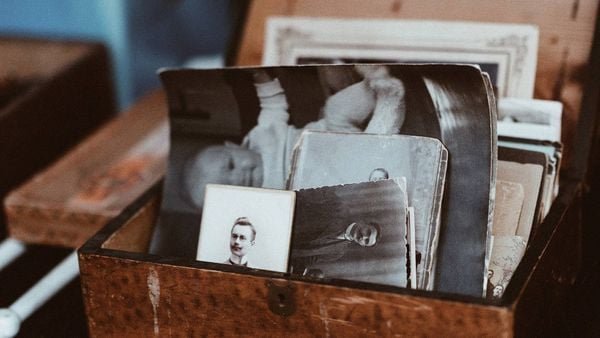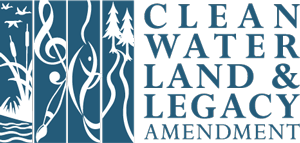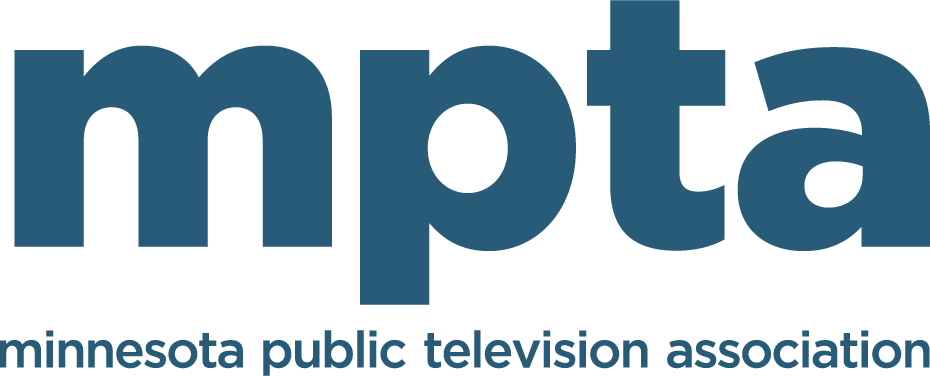4 Ways to Explore and Share Personal Stories
Activity ideas to deepen your understanding of your own family history
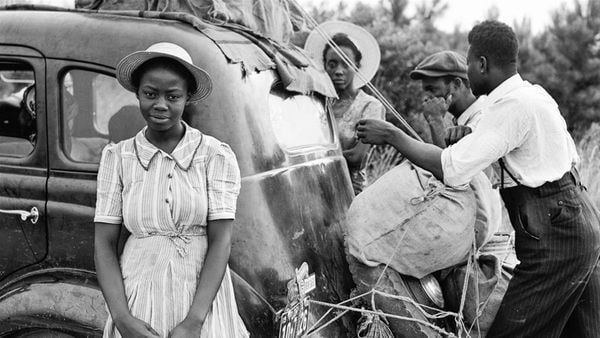
Many generations of immigrant families made their way to Minnesota after escaping hardships or seeking a better life for their families. Many Indigenous families have roots to the land that go back generations and generations. But however a person came to this land, they carry within themselves hopes and dreams. And their own story.
Sharing these stories is a powerful tool for building empathy and respect. Sharing stories can also deepen our understanding of ourselves.
Here are four ways to deepen your understanding of your own family history while connecting with others.
Learning more about Minnesota's history connects us to this place.
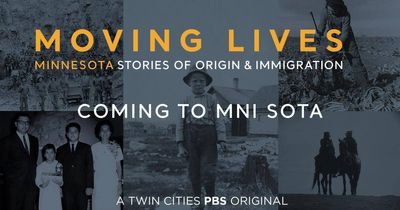
TPT's Moving Lives Minnesota documentary, Coming to Mni Sota, explores conflicts, contradictions and solidarity among the millions who have moved through and to Minnesota. For hundreds of years, immigrants from around the world have shifted Minnesota's identity – and caused disruption for those already here.
Watch & Respond:
First, watch Coming to Mni Sota (stream now on TPT.org).
Then write or sketch your responses to the following questions in a journal: What makes me feel like I belong here? What makes Minnesota "home" for me?
Finding our roots helps us better understand ourselves and our place in the world.
The drive to discover where we come from is at the core of the PBS series Finding Your Roots with Henry Louis Gates, Jr.. Gates is the Alphonse Fletcher University Professor at Harvard University and director of the W.E.B. Du Bois Institute for African and African American Research.
Watch & Respond:
First, watch the "Jewish Immigration to New York City" Finding Your Roots episode with Henry Louis Gates, Jr. In this episode, Gates helps NPR's Fresh Air host, Terry Gross, learn more about her Jewish family's immigration to New York.
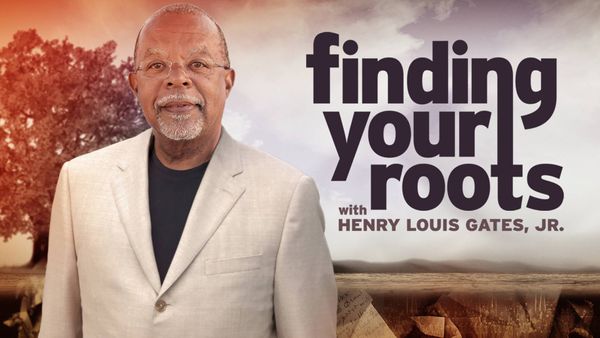
After watching the episode, start a conversation with a family member or friend about your family's histories. You can use this interactive story tool from Moving Lives Minnesota to get started.
You can even go deeper and draw out your family's origin or immigration story. Is there anything surprising here? Any information missing that you'd like to discover? What can you do to learn more about your family's history?
Listening to others' stories connects us across differences.

When we deeply listen to others' experiences, we often find more similarities than differences.
American Portrait, national storytelling project from PBS, explores this idea further. The project asks Americans to share personal stories of joy, sorrow, triumph, hardship, and family traditions. These stories are then woven into the American Portrait docuseries & TV specials, airing on PBS member stations across the country.
Watch & Respond:
First, watch the "I Dream" American Portrait episode.
Then, write or draw a response to these questions: What is my American dream? What do I want people to know about my experiences coming to Minnesota?
Sharing your own story preserves history for future generations to learn from.
Writing your personal story can be a cathartic and healing, whether the story is shared publicly or not. However, sharing your story with others may offer hope and inspiration. It also may give someone confidence to open up about their own experiences.
Sharing your story takes courage and vulnerability. It may even prompt some self-discovery.
But beginning the process of writing your story can sometimes feel like staring at a blank canvas.

Share your story:
Using prompts can help guide you through the process of creating a story that you can be proud of. Start by looking for something to help spark an idea. This could be a family tradition, recipe, object or photo.
"Many stories matter. Stories have been used to dispossess and to malign. But stories can also be used to empower, and to humanize. Stories can break the dignity of a people. But stories can also repair that broken dignity."
- Chimamanda Ngozi Adichie, author
The Dear Minnesota project is a great way to build your story and share it with others. All are welcome to join is in this exciting history sharing project. Will you?
Dear Minnesota is Moving Lives Minnesota's multimedia letter-writing project is designed for sharing stories of origin and immigration. As part of this project, we invite Minnesotans to write and submit letters, along with pictures, audio and video about their experiences moving through or to Minnesota. We then share these letters online to contribute to our growing understanding of each other and our history.
Visit https://www.movinglivesmn.org/dear-minnesota/ for more information.
Need help? We are here to support you.
Please email Kevin Yang at [email protected]
